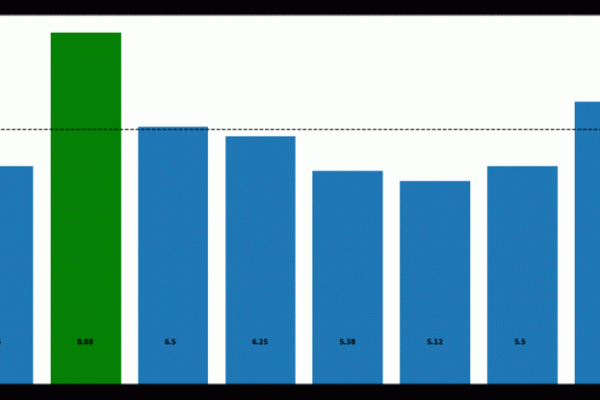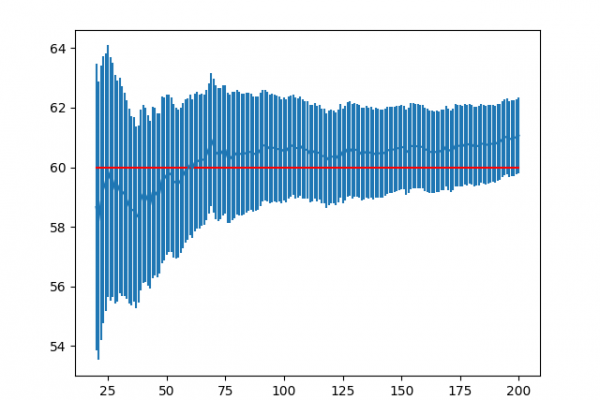Basic Statistical Analysis with NumPy
Basic Statistical Analysis with NumPy Introduction Statistical analysis is important in data science. It helps us understand data better. NumPy is a key Python library for numerical operations. It simplifies and speeds up this process. In this article, we will explore several functions for basic statistical analysis offered by NumPy. NumPy is a Python library for numerical computing. It helps with working on arrays and mathematical functions. It makes calculations faster and easier. NumPy is essential for data analysis and […]
Read more







